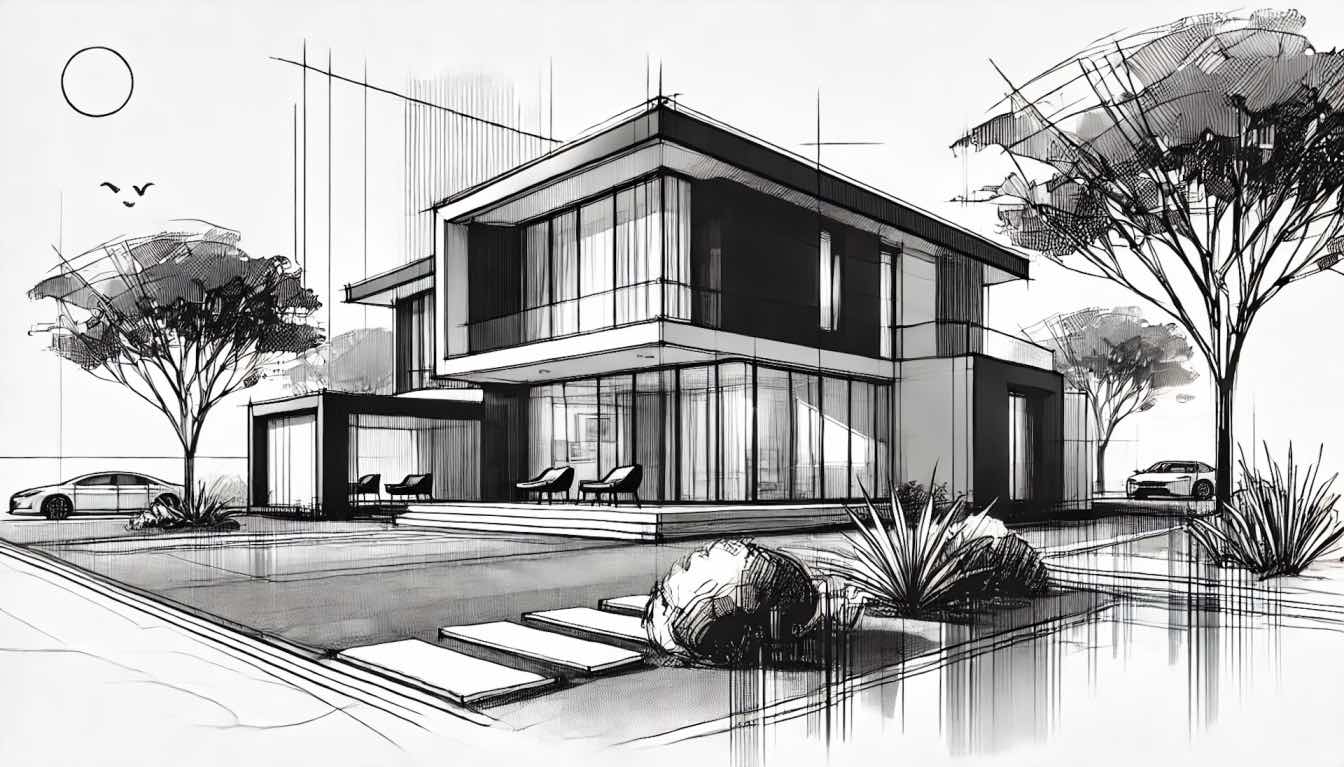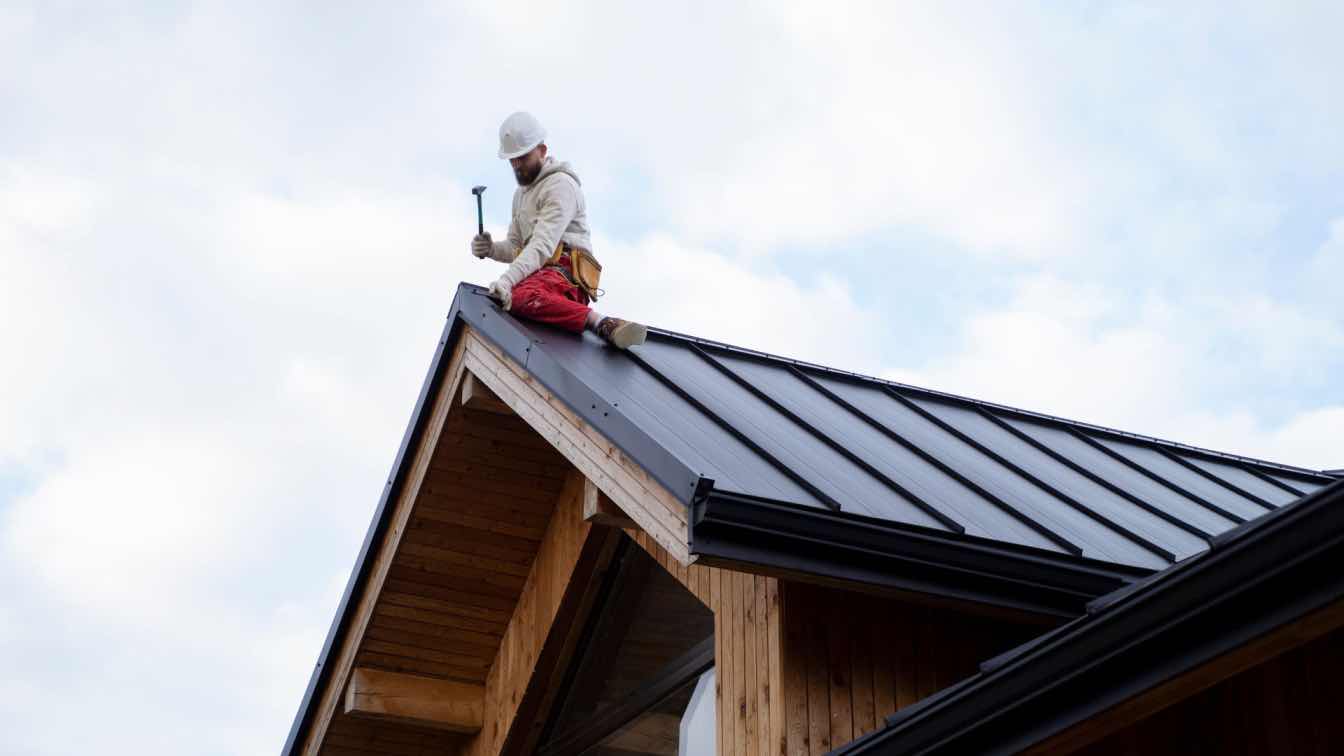Property restoration is the meticulous process of returning a building or space to its former glory. Unlike general renovations, which may involve modernizing or completely changing a space, restoration focuses on preserving the original character and architecture while updating it to meet current standards. This approach is essential for maintaining historical integrity and cultural significance, and it requires a blend of artistry, technical skill, and historical knowledge.
The Significance of Property Restoration
1. Historical Preservation: Restoring a property allows us to preserve historical architecture and craftsmanship that might otherwise be lost. This preservation helps maintain a tangible link to our cultural heritage and provides future generations with a sense of history.
2. Cultural Value: Many buildings hold cultural significance due to their unique architectural styles, historical events, or notable past occupants. Restoration ensures that these cultural landmarks remain intact and continue to tell their stories.
3. Sustainability: Restoring existing structures is often more environmentally friendly than demolishing and building anew. It reduces waste, preserves resources, and can incorporate sustainable practices like using reclaimed materials and improving energy efficiency.
4. Economic Benefits: Restored properties can significantly boost local economies. They can increase tourism, raise property values, and create jobs in restoration, tourism, and related sectors.
The Property Restoration Process
1. Assessment and Research: The first step in restoration is a thorough assessment of the property. This includes evaluating the structural integrity, identifying any damage or deterioration, and researching the property’s history to understand its original state and significance.
2. Planning and Design: Based on the assessment, a detailed restoration plan is developed. This plan includes architectural drawings, materials selection, and a timeline. It's essential to strike a balance between preserving original features and updating necessary systems like plumbing and electrical.
3. Obtaining Permits and Approvals: Restoring historic properties often requires specific permits and approvals from local heritage or preservation societies. These bodies ensure that the restoration meets legal and preservation standards.
4. Restoration Work: Skilled craftsmen and contractors carry out the restoration work, which may include repairing or replicating original features like woodwork, masonry, and plaster. Modern updates, such as electrical wiring and plumbing, are integrated discreetly to maintain the property's historical appearance.
5. Finishing Touches: Once the major work is completed, finishing touches like painting, installing fixtures, and restoring decor are added. Attention to detail is crucial to ensure that the property looks as close to its original state as possible.
6. Inspection and Certification: The final step involves a thorough inspection to ensure that all work meets the required standards. Certification from preservation societies may be obtained to officially recognize the property's restored status.
Challenges in Property Restoration
1. Balancing Modern Needs with Historical Integrity: One of the main challenges is updating properties to meet modern safety and comfort standards without compromising their historical character.
2. Finding Skilled Craftsmen: Restoration often requires specialized skills that are becoming increasingly rare. Finding craftsmen who can replicate historical techniques and materials can be difficult and costly.
3. Sourcing Authentic Materials: Using authentic materials is crucial for maintaining historical accuracy. However, these materials can be hard to find and expensive, requiring extensive research and resources.
4. Budget Constraints: Restoration projects can be expensive due to the specialized skills and materials required. Balancing budget constraints with the need for high-quality work is a constant challenge.
The Future of Property Restoration
With growing awareness of the importance of preserving our cultural and historical heritage, property restoration is likely to gain more prominence. Advances in technology, such as 3D scanning and printing, are making it easier to replicate historical details with precision. Additionally, sustainable practices are becoming integral to restoration projects, ensuring that these efforts contribute to environmental conservation.
Conclusion
Property restoration is a vital practice that helps preserve our architectural and cultural heritage. By restoring old buildings to their former glory, we maintain a connection to our past while adapting to present and future needs. It is a complex but rewarding process that requires a deep understanding of history, a commitment to quality, and a vision for sustainability. As we move forward, embracing the art and science of property restoration will ensure that our historical treasures are preserved for generations to come.





